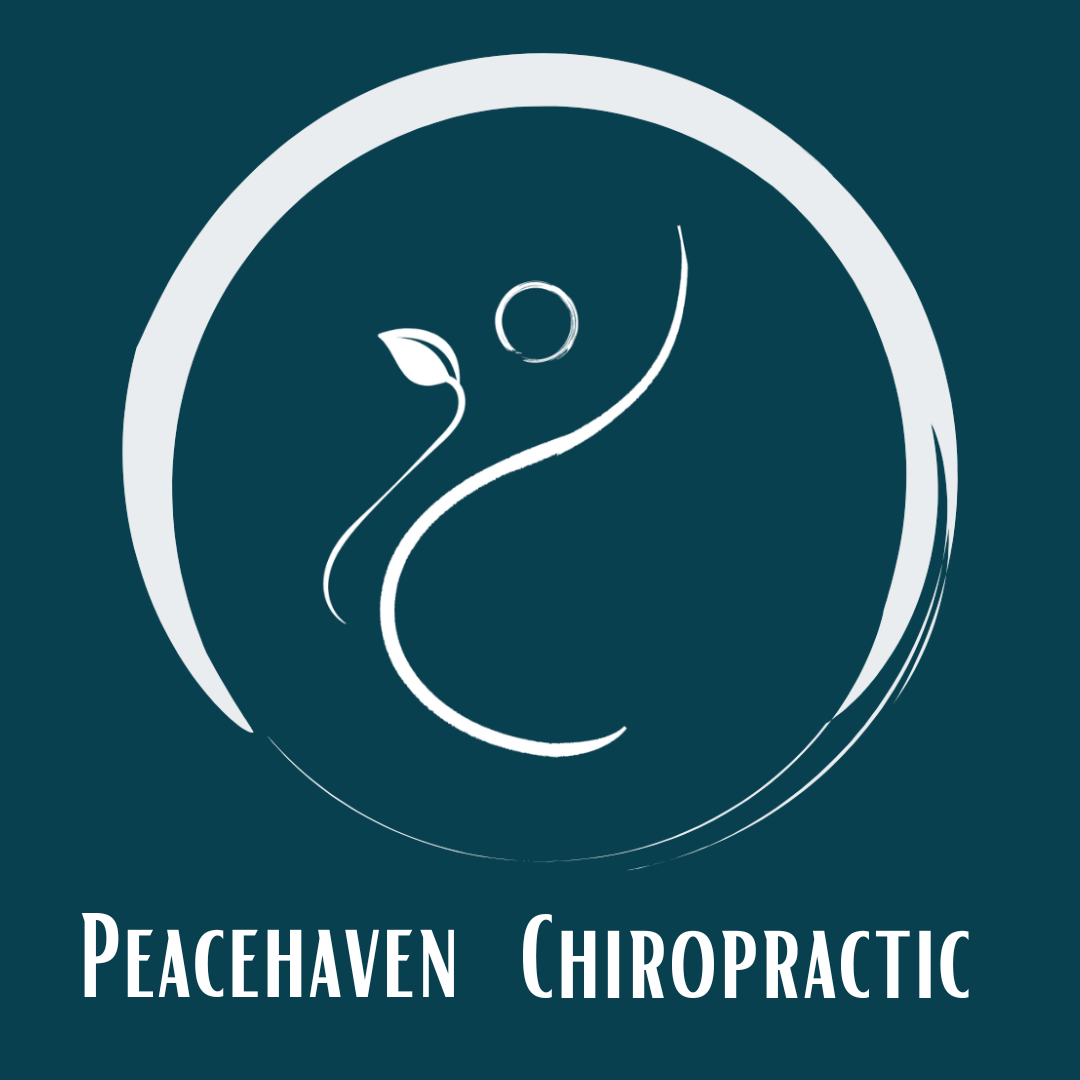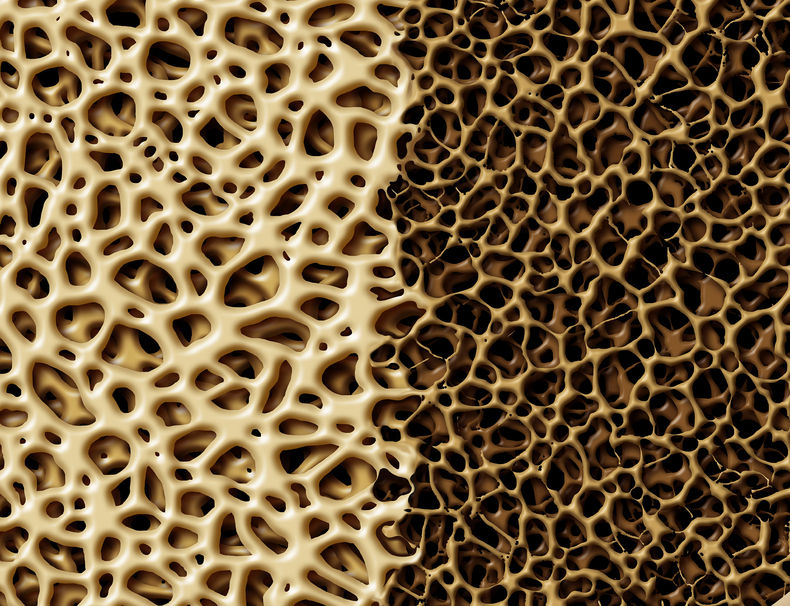Osteoporosis is a metabolic disease involving loss of bone tissue and the disorganisation of bone structure. Osteoporosis affects more than 200 million people worldwide and more than 10 million Americans. In the United States an additional 18 million persons have low bone mass. The total of 28 million individuals represents almost 10% of all Americans, characterising the pandemic nature of these disorders of bone.
A long list of other diseases may cause bone loss (osteopenia), including many varieties of malignant cancer, hyperthyroidism, and malabsorption syndrome. Osteoporosis is bone loss specifically related to metabolic factors. These factors include calcium levels, vitamin D levels, and the activity of osteoblasts – bone cells which produce bone matrix. Bone matrix is a mix of organic components such as collagen and inorganic materials such as phosphate and calcium. Loss of bone mass describes loss of the components of the bone matrix.
Many conditions, circumstances, and deficiencies may be implicated in the development of osteoporosis. Menopause is strongly correlated with the presence of osteoporosis. Age greater than 50 and smoking are strongly correlated, as well. Calcium deficiency, vitamin D deficiency, inadequate dietary protein, and certain gastrointestinal syndromes are all causes of loss of bone mass and osteoporosis.
Osteoporosis primarily affects weight-bearing bones, including the pelvis, femur (thigh bone), and lumbar vertebras. Bone loss in these critical structures may directly result in hip fractures and fractures of the lumbar spine, which are some of the potentially debilitating and devastating outcomes of osteoporosis. Importantly, the development of osteoporosis is often associated with lack of exercise.
In consequence, consistent weight-bearing exercise is a key lifestyle choice in helping to prevent loss of bone mass. When we exercise, particularly when we do gravity-resisting activities such as walking, running, and bicycling or various types of strength-training exercises, our bodies respond not only by building new muscle. but also by building new bone. This physiologic response is known as Wolff’s law, which states that bone remodels along lines of physiologic stress. In other words, bone responds to mechanical challenges by building more bone. The result is stronger, denser bones which are much less likely to fracture.
Where does chiropractic care come in? Chiropractic care directly addresses spinal misalignments, which in turn directly impact proper functioning of the nerve system. Spinal misalignments are associated with tight and inflamed spinal ligaments and muscles and restricted mobility in the neck, lower back, and/or mid-back. These factors result in deficient flow of information between the nerve system and the rest of your body. When your cells and tissues aren’t receiving the correct information they need, symptoms and disease are the likely result.
In terms of osteoporosis, regular, vigorous exercise and proper nutrition provide the right setting and the right ingredients for maintaining healthy bones. Regular chiropractic care, by correcting spinal misalignments and optimizing nerve system functioning, makes it possible for your body to properly use your exercise and nutrition to keep your bones healthy and strong.
Contact us today: 01273 584812, email [email protected] or BOOK APPOINTMENT

